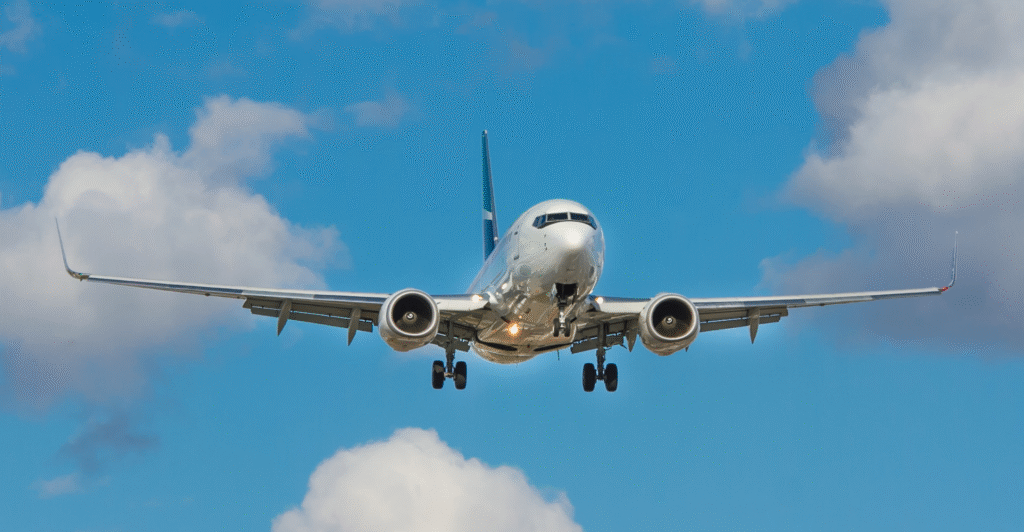

In tandem with the technological advancement in avionics from the 1950s through to the 1980s, crew size in commercial aircraft cockpits reduced from five persons to two. From the 1980s to 2020s, the advancements in artificial intelligence and virtual and augmented reality have led to human-autonomy teaming (HAT) – the interaction between humans and autonomous agents. Over the years, this development has steered the feasibility of single pilot operations (SiPO) concept for the commercial aircraft.
The driving factor for SiPO is cost savings. Flight crew is the highest direct operating cost for a flight. However, there are other important factors which are not widely discussed in the public domain. These include the anticipated shortage of pilots in the future, along with the contribution of pilot errors to aircraft accidents. According to the statistics presented in the planecrashinfo.com, from the 2010s up to date, 57% of primary or initiating cause of aircraft accidents are identified as pilot errors. The figure is consistent at an average of 49% since 1950s. Pilot error includes, but is not limited to, the following: improper procedure, controlled flight into terrain, descending below minima, spatial disorientation, premature descent, excessive landing speed, missed runway, fuel starvation, navigation error, wrong runway take-off/landing and miscommunication with controller. However, would the introduction of full automation mitigate these errors?
The European Aviation Safety Agency (EASA) has envisioned short-term implementation stages to gradually introduce SiPO: single pilot operations only during the cruise phase as from 2025; and single pilot operations during all phases of flight as from 2030. These will be based on a level of safety equivalent to today’s two-pilot operations. What will be required to compensate for the level of safety? Remote piloting capability, ground-support and cockpit-automation tools.
Is the SiPO concept feasible with the current state of the art technologies available in the aerospace industry? At present, advanced commercial fleets are certified to operate with a minimum of two pilots onboard. Airbus, in collaboration with Cathay Pacific, is conducting studies on their A350 long haul flights with one pilot during normal cruise phase, with the other pilot resting. These studies are still on-going, but it’s clear that new aircraft will need to be designed with SiPO operations in mind.
Research by Coventry University conducted in 2019 concluded that “removing a pilot is dangerous until proven safe.” When no barriers are placed to removing a pilot from the cockpit, the potential risks may manifest as:
- Significant increase in workload for the remaining pilot, which will lead to degradation in safety and performance,
- An increase in uncertainty for that pilot,
- Reduced situational awareness,
- Uncertain reliability of the physical or mental state of the single pilot onboard, particularly during toilet breaks and pilot incapacitation.
So, what will be needed to get the SiPO concept moving forward? SiPO is still very much in the conceptual stage. Automation tools developed as part of the concept are either in prototype form or testing phase. According to the International Civil Aviation Organization (ICAO), when a new operational concept or technology is introduced, a Safety Assessment needs to be developed to prove its level of safety during nominal and off-nominal operations. Hence, this will be the next step after the development of the SiPO concept. Fleet design and certification to operate (with a minimum of one pilot onboard) will also be required. The assessment of key risk areas and associated mitigation actions as part of the Safety Assessment should include:
- Involvement of aviation stakeholders including aircraft OEM, airlines, and pilots with different levels of experience. Input from Commercial Air Transport (CAT) pilots will provide a good understanding of how the CAT aircraft operate, and vastness of challenges involved in reduced crew operations.
- Access to the aircraft manufacturers’ facility with a single pilot-capable cockpit simulator.
Legislative development based on the acceptance of the Safe Assessment by ICAO and the regulators will make the concept a reality.
But will SiPO be a stepping-stone towards flying CAT remotely or autonomously? That question remains to be answered, but current trends are pointing that way.
Subscribe to our news alerts here.